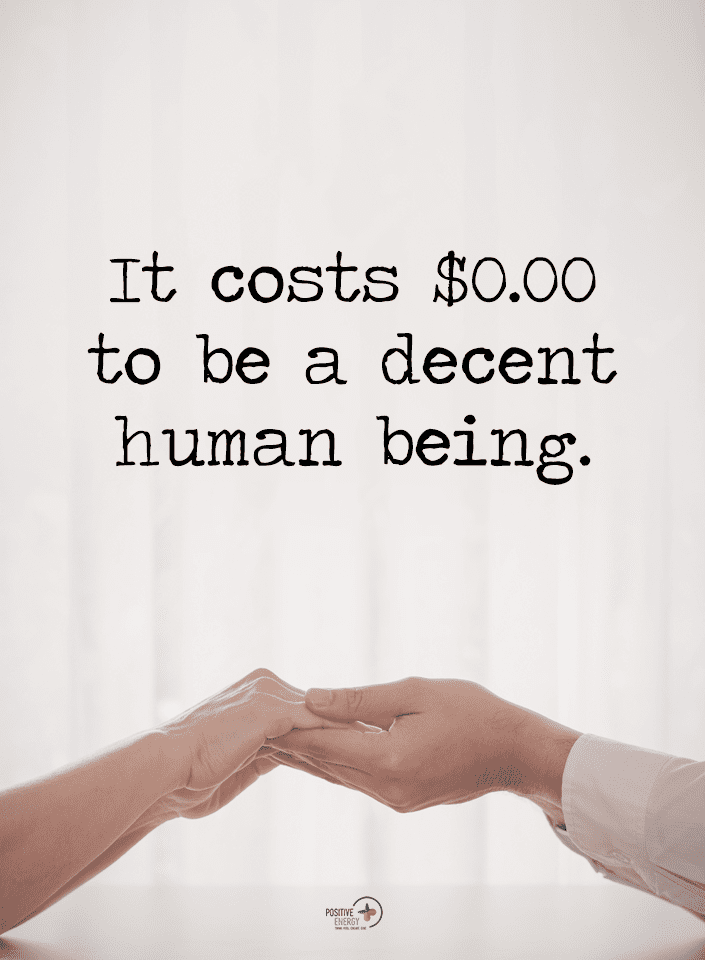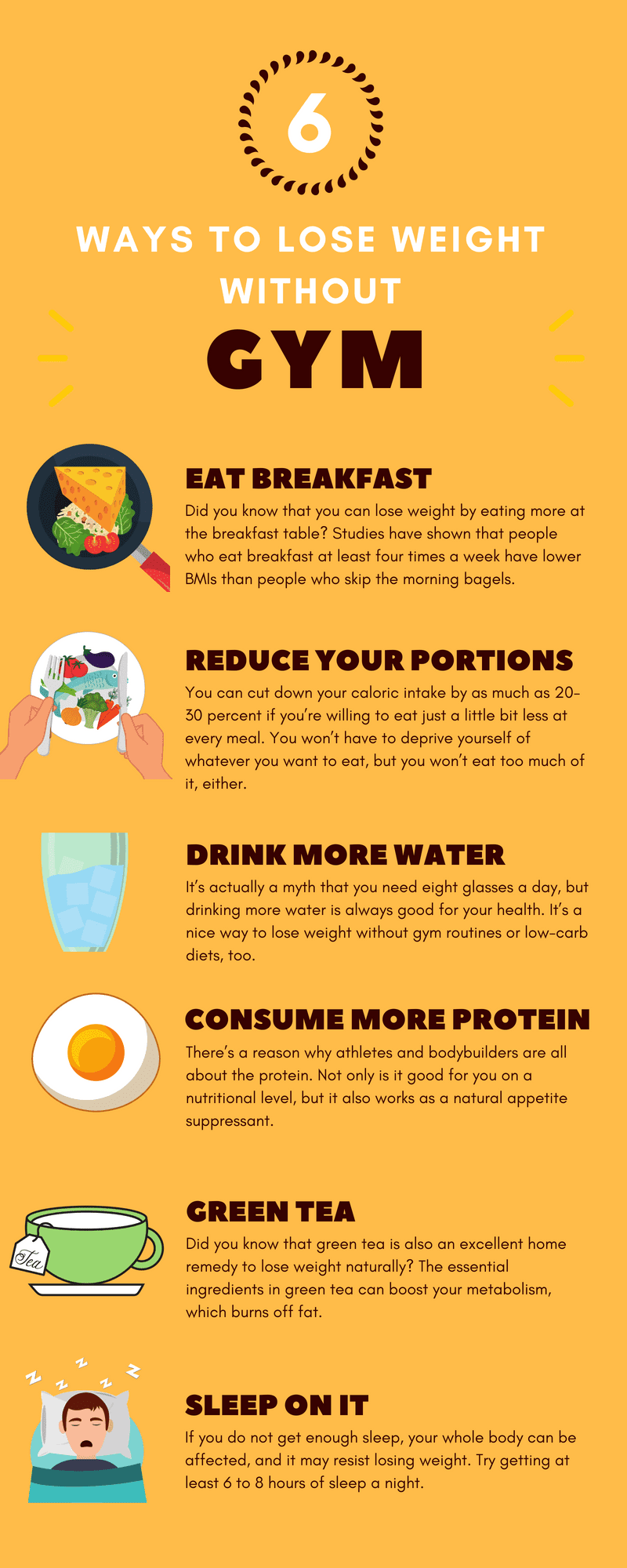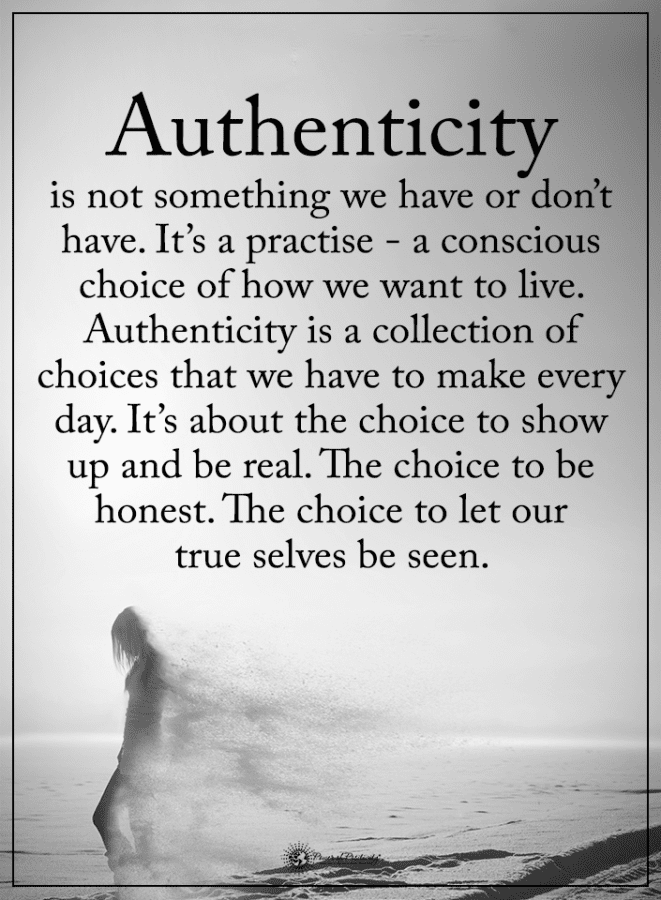“Transformation is not five minutes from now; it’s a present activity. In this moment you can make a different choice, and it’s these small choices and successes that build up over time to help cultivate a healthy self-image and self-esteem.” – Jillian Michaels
Time and lack of knowledge are two of the biggest obstacles faced when it comes to fitness – if we even think about fitness at all. Tack on additional responsibilities and the need for some R&R, and all of a sudden fitness takes a seat somewhere in the far back.
Busy people require an effective, time-efficient way to get fit. We’ve seen the proliferation of “get fit quick” schemes that serve no other purpose than to pad the pockets of companies. Unfortunately, too many people have fallen for these gimmicks with nothing to show for it.
Then there is the HIIT methodology of fitness. HIIT is the acronym for High Intensity Interval Training, and is applicable to any workout that alternates between intense bursts of activity and fixed periods of rest. Many HIIT programs have become extraordinarily popular, as they are both effective and time-efficient.
In a way, the fitness techniques that we describe in this article are similar to HIIT, although they’re broken down and simplified. Though the techniques described are simple, they’re excellent for building some muscle, burning fat, and strengthening the mind. And they don’t require more than 5, 10 or 15 minutes of your time.
We’re not talking about a bunch of different exercises either, which is the case for 99 percent of the fitness routines out there (e.g. circuit training, weightlifting). We’re not even talking about a few exercises (though you can mix them up).
We’re talking about a workout that involves one move. Let’s talk about that a bit then we’ll get into some exercise ideas.
General Steps
(Please note: you must know your overall health and fitness level as an initial benchmark.)
1. Set rep rate
For most of the moves described below, a good rep (repetition) number is 10-20 per minute. It may be more or less depending on your current fitness level.
2. Set your rounds
A “round” is a minute – a minute of exercise, of course. It’s a good idea to complete at least 5 rounds of a one-move exercise, but you may feel free to add more. (For example, 5 rounds of goblet squats and 5 rounds of sprinter pushups.) It’s best to use a clock or stopwatch to accurately time your rounds.
3. Understand the ‘rest’ period
Remember, this is similar to HIIT. As such, the activity will be fast-paced (as your health and fitness level allows, of course). When you hit your rep rate target, rest for the remaining minute and continue to the next round. The more reps that you complete in the round, the more time you have to rest.
4. Make progress
Making progress is an essential component of any exercise or fitness regimen. The one-move workout system is no different in this respect. As you become more fit, you’ll undoubtedly find that your previous rep rate becomes too easy. This is the mark of progress. Increase your reps and keep pushing yourself.
Also, don’t forget to give yourself a well-deserved pat on the back (or an emphatic fist pump) for a job well done!
One-Move Workout List
Now for the fun part. We’re going to describe five of the best one-move exercises that will allow you to get fit quick.
Technique is more important than repetition. You’ll get much better results if you execute every move correctly, every time. If your rep rate dips, so be it.
That said, here are instructions for five of the most effective one-move exercises (in no particular order):
1. Goblet Squat and Thrust
(a) Grab a lightweight kettlebell or dumbbell and hold it in front of your chest
(b) Slowly lower your butt into a squat until legs are parallel with the floor (try to keep your back as straight as possible)
(c) Push your legs back into a standing position while raising the weight above your head (arms straight).
2. Dumbbell “ski swing”
(a) Hold a dumbbell in each hand, feet hip-width apart
(b) Lean slightly forward while swinging the dumbbells back (knees bent, back bent naturally)
(c) In kickback motion, keep arms straight and squeeze your buttocks. Thrust hips forward naturally and swing dumbbells to front at chest level (arms straight).
3. Dumbbell “shot put”
(a) Hold lightweight dumbbell in front of right shoulder, feet staggered (right in front of left)
(b) Slightly bend forward at hips and lower torso to a 45-degree angle with floor (knees bent, back straight)
(c) In one fast motion, pivot both feet 180 degrees while raising the dumbbell to a 45 degree angle above your shoulder right shoulder
(d) Switch sides and repeat, if desired.
4. Plank jacks
(a) Begin from a pushup or plank position – arms straight, legs together and parallel
(b) While keeping pushup position, “jump” both legs until feet are slightly wider than shoulder-width apart
(c) Move back into push position and repeat.
Related article: This ‘Stomach Vacuum’ Exercise Can Melt The Most Stubborn Belly Fat
5. “Sprinter” pushups
(a) Begin from low pushup or plank position – arms straight, legs together and slightly staggered or parallel
(b) Keeping lower back in place, bend the knees and push the hips back as far as possible
(c) Push your forward until it is back into position (a).











